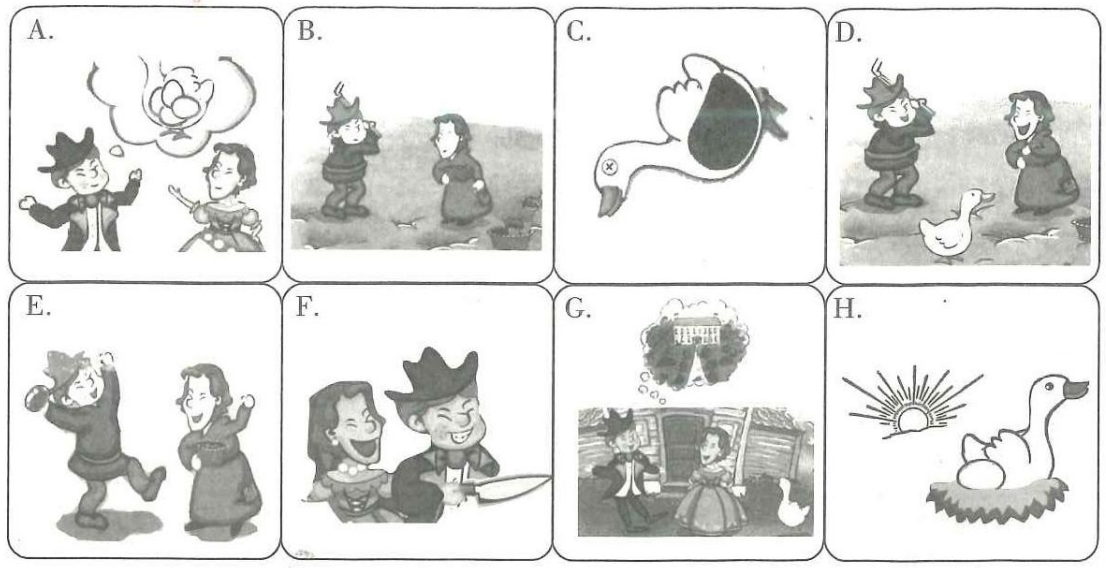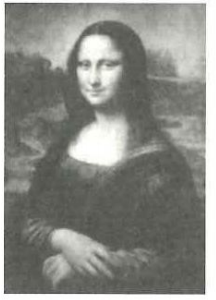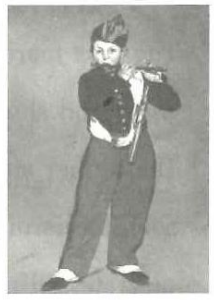
A. people only use their right hand B. people use chopsticks at the table C. Chinese people often put lots of food on the others' bowls D. finishing all the food on the plate is polite E. When in Rome, do as the Romans do (入乡随俗) F. take the time to learn the local (当地的) manners |
Different countries have different table manners. It can be quite different from place to place. It's very interesting! Here are some examples:
In most East Asian countries, . But in Western countries, people usually eat with a knife and fork. In some countries people simply use their hands to eat, and in India, because they think the left hand is not clean.
In some countries, it's polite to serve food to others. For example, . But in some other countries, people don't do this because it may make others feel like they are forced (被迫) to eat.
In Russia, it's polite to leave a little food on the plate to show that there is plenty (足够) to eat. But in India, . It means you enjoy the food. So when you plan to visit any country, .
Remember, "."

Hi! I'd like to tell you a story "The goose and the golden (金的) eggs".
Long ago, there was a poor farmer living in a small village. He worked very hard with his wife in the field every day.
One day a white goose appeared in the field. The farmer and his wife were very happy to see the goose. They took the big fat goose back home.
The next morning the farmer was really surprised to find the goose laid (下蛋) a big and shiny golden egg!
The farmer and his wife were very excited. They sang and danced happily.
Soon the farmer and his wife became richer and richer. They wore nice clothes and ate delicious food every day. They wanted to live in a big,big house.
The farmer and his wife still wanted more. They thought one golden egg a day wasn't enough. There must be a lot of golden eggs in that goose's body!
Then the farmer and his wife brought a sharp knife. They wanted to kill the goose and get all the golden eggs out.
Finally, the farmer and his wife killed the goose, but there was no golden egg inside it.
This story tells us, "Those who want everything may end up with nothing."
Leonardo da Vinci was a great artist. He was born in 1452 in Italy. He died in 1519. Da Vinci began to learn to paint when he was 14 years old. One of his most famous paintings is the Mona Lisa. People love the painting. They love the smile on the face of Mona Lisa. The smile was named Mona Lisa's Smile.
There are different stories about the famous painting the Mona Lisa. Here is an interesting one of them. Da Vinci was good at making cakes. His chocolate cake was the best. Da Vinci had a good friend named Mona Lisa. She loved chocolate cakes very much. One day, Mona Lisa came to visit da Vinci. Da Vinci was making a chocolate cake. He said, "Let me paint you. When I finish the painting, we'll share the chocolate cake." Mona Lisa was happy to hear this. She smiled, and da Vinci painted her with that smile.
 B .
B .  C .
C . 